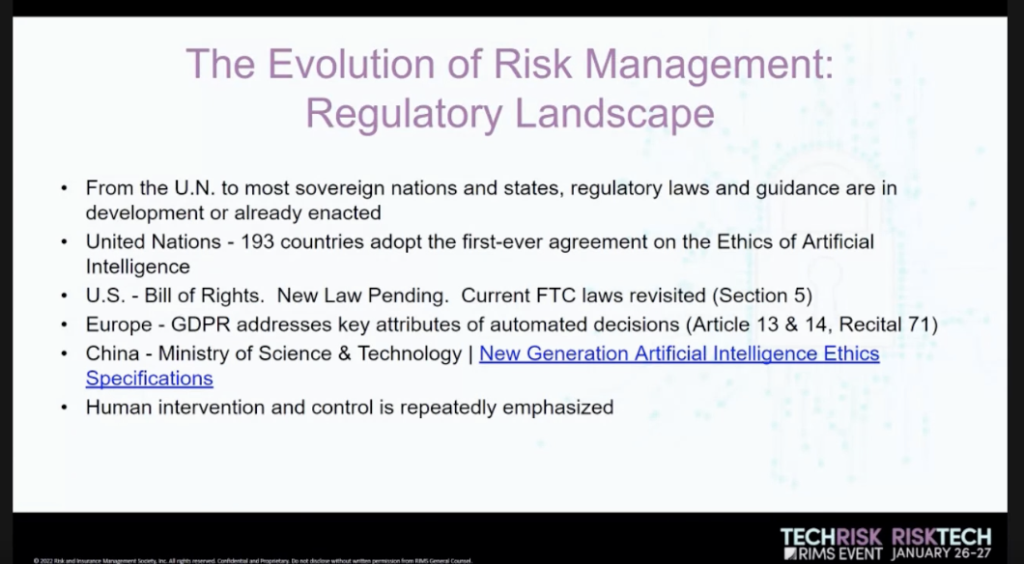Controlling business costs is top-of-mind for organizations of all sizes and can take many forms, from moving the business to a less expensive building in a more economical part of town to cutting advertising costs. Many companies overlook one key way to control costs that can be easily implemented and managed while also improving work culture overall: implementing a safety program to better manage workers compensation costs. When the average workers compensation claim is around $40,000, taking steps to mitigate workers compensation risks and better manage claims can be a great opportunity for any business to both ensure the safety of its workers and protect the bottom line.
Risk professionals can help reduce costs by taking steps to implement any of the following:
- Improved safety programs
- More active involvement in claims management
- Build out a return to work program
Encourage your internal teams to establish a well-planned and detailed new hire onboarding program that reinforces a strong safety culture. Here are some steps that you can integrate into your existing onboarding program that will also help control unnecessary or redundant workers’ compensation claim costs.
Practice Makes Perfect
Onboarding new employees means taking the time to acclimate them to how your business operates in terms of safety procedures, jobsite dos/don’ts, and any potential hazards. Repetition is key for any new employee learning the ropes, but especially for those workers who are jumping into a new role. Ensure all new hires have the appropriate time and space to practice any safety protocols and consider implementing a safety quiz at the end of a designated orientation period to test retention.
Use the Buddy System
Provide each new employee with a veteran employee buddy. This partnership aims to help the new employee get acclimated more quickly to the new environment. During their time together, the veteran employee can discuss safety concerns and identify potential hazards. As worksites can become overwhelming with the amount of hustle and bustle, it will be critical for the new employee to have a partner who is able to help keep an eye out for them and monitor their safety until they are ready to venture out on their own.
Cultivate a Culture of Safety
Encourage managers and team leaders to commit to safety goals and practice what they preach. Setting an example for employees early means that management must be “all in” on safety. This ensures that employees on all levels understand that safety is a company-wide priority. Building a foundation of safety-focused programs with the goal of keeping claim costs low will be key to solidifying each employee’s connection to the organization.
There are myriad ways to reduce workers’ compensation costs. What will be most important to your organization is taking into consideration the time and resources it will take to efficiently improve this area of your business. Whether your team decides to do this independently or with the help of a vendor like a PEO, it is essential for companies to prioritize this part of their business to reduce risk.

